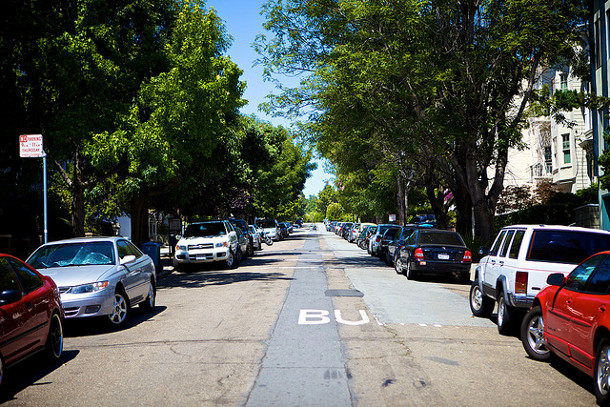
The specifications for most construction project are filled with seemingly endless phrases of precision such as “not less than 100 percent maximum density,” “no variation greater then ¼,” “shall be at least .005 in thickness,” “minimum strength of 3,000 psi,” etc. Why is this?
Buildings, bridges, roadways, utilities, and the like are all intended to last for 25 to 50 (or even 100) years. Engineers, architects and other design professionals know that phrases like the ones I’ve listed above and the standards that they are part of play a vital role in determining the life span of the finished product.
For example, they know that the water : cement ratio is key to the performance of concrete, that the level of compaction of the sub grade is key to the performance of pavements, that proper surface preparation and thickness of the coat is key to the performance of paint, and so on and so forth.
What about trees?
There are standards that cover things such as quality of nursery stock, the dimensions of the planting hole, and the soil mix the tree is to be planted in — but what about the volume of soil available to the tree? Just as the water : cement ratio is key to the lifespan of concrete, or compaction of the subgrade is key to the life span of pavement, the available volume of nutrient-rich soil is key to the sustained growth and performance of a tree.
To paraphrase our partner James Urban, most trees, when drawn on plans, are drawn with a canopy size representative of a 30 to 40 year old specimen — indicating that the trees are expected to live at least that long. In most cases, however, the trees don’t stand a chance. At DeepRoot we call these fantasy trees; they’re the product of magical thinking. Think about the average street tree or parking lot island tree planted in a typical 4’ x 4’ opening with maybe a yard or two of planting soil. Without the ability to tap into some kind of adjacent soil source, such as a lawn or a large planter, that tree will be lucky to survive 10 to 15 years. Even with that, chances are good that it will spend most of that time in decline.
If we want trees to grow and to have a fighting chance to reach a mature age then we need to address soil volume requirements in project specifications. Just like with bridges and roadways, tree lifespan is dependent on certain construction factors. Project specs should include phrases such as “not less than” or “a minimum of” – and then a nice fat number, like 1,000 cubic feet — when it comes to soil volumes. See our earlier post about municipalities with impressive tree planting standards if you’re looking for some guidelines to start working with.
Image: Tim Dorr






So well and clearly explained, exactly how it is, always a pleasure to read, keep on going.